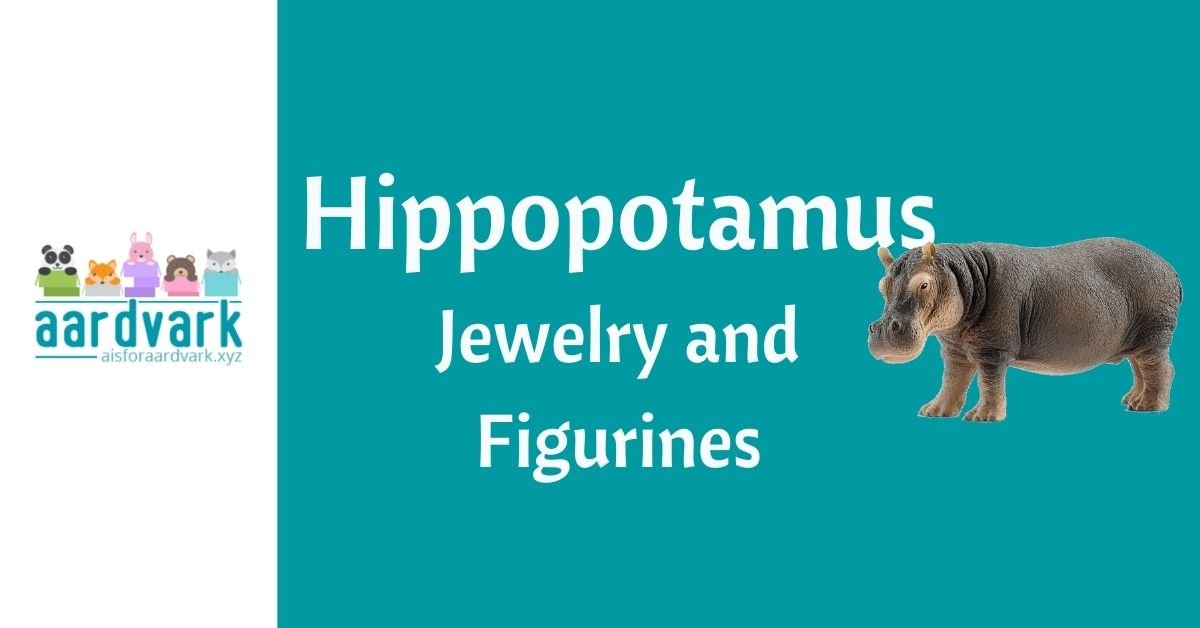In the vast and varied landscapes of Africa, the hippopotamus stands out as an iconic symbol of aquatic strength and adaptability. Their massive physique captures the imagination. This beast also plays a vital role in African ecosystems, specifically in waterways and grasslands.
Physical Description
Belonging to the Hippopotamidae family, hippos exhibit various physical characteristics that contribute to their mastery of both water and land.
The name “hippopotamus” means “river horse,” a reference to their habitat and enormous size and strength.
Size and Build
Africa is home to various hippopotamus species, with the common hippopotamus ranking as the third-largest land mammal globally. Adult males can weigh from 3500 to 9900 pounds, with females tipping the scales at around 3000 pounds. They measure between 10.8 and 16.5 feet long and can be over five feet high at the shoulder.
A newborn hippo typically weighs between 50 and 100 pounds. They continue to grow for about 25 years.
Speedy Hulks
Don’t be deceived by their size and bulk, however. In water, hippos can reach speeds of up to 8 miles per hour, while on land, their agility allows them to run at speeds around 20 miles per hour.
Teeth and Tusks
Hippos are distinguished by their powerful jaws and large canine teeth, which can reach lengths of up to 20 inches. Unlike some other large mammals, they lack tusks, but their formidable dental features make them a force to be reckoned with in their native habitats.
Skin and Eyes
Hippos have thick, nearly hairless skin that protects them from the harsh African sun. The color can range from purplish-gray to brown. Their eyes, ears, and nostrils are strategically placed on the tops of their heads, facilitating observation of their surroundings while submerged in water.
Lifespan
The hippopotamus can live 40 to 50 years in the wild. The longest-living hippo in captivity lived to 61. Her name was Donna and she was at the Mesker Park Zoo in Evansville, Indiana.
Diet
Hippos are herbivores with a diet consisting mainly of grass. Their formidable teeth aid in grazing on vegetation along riverbanks and in open grasslands.
Behavior and Social Structure
Hippos spend significant time in rivers and lakes. They can hold their breath for up to 5 minutes. It may briefly lift its head above water and submerge again, spending nearly all its time submerged. They spend about ⅔ of the day in the water.
Despite their docile appearance, they are highly territorial and can be extremely aggressive, particularly when protecting their territories or young. This aggression, coupled with their aquatic prowess, places them among Africa’s most dangerous animals.
Mating Habits
During the mating season, male hippos display territorial behavior, engaging in vocalizations and physical posturing to establish dominance. This helps them secure a mate.
Females give birth to a single calf after a gestation period of about eight months.
Geographic Distribution
Primarily found in sub-Saharan Africa, hippos occupy diverse aquatic environments such as rivers, lakes, and swamps. Their adaptability extends from South Africa to the Sahara Desert, encompassing vital habitats like the Nile, Zambezi, and Congo rivers.
Danger to Humans
Hippos might not be the first animal that comes to mind when it comes to dangerous beasts of Africa. However, they’re responsible for more human fatalities than many other large mammals! When humans encroach on their territory, their territorial nature and powerful jaws make them formidable adversaries. Caution and respect are crucial when encountering these magnificent creatures.
The hippopotamus is an amazing creature marked by many apparent contradictions. It’s an enormous creature yet doesn’t eat meat. It appears clumsy but is rather fast in both water and on land. It’s a mammal but spends most of its time submerged in the water. It appears gentle but can be deadly. All of these facts make it one of our favorite animals!




